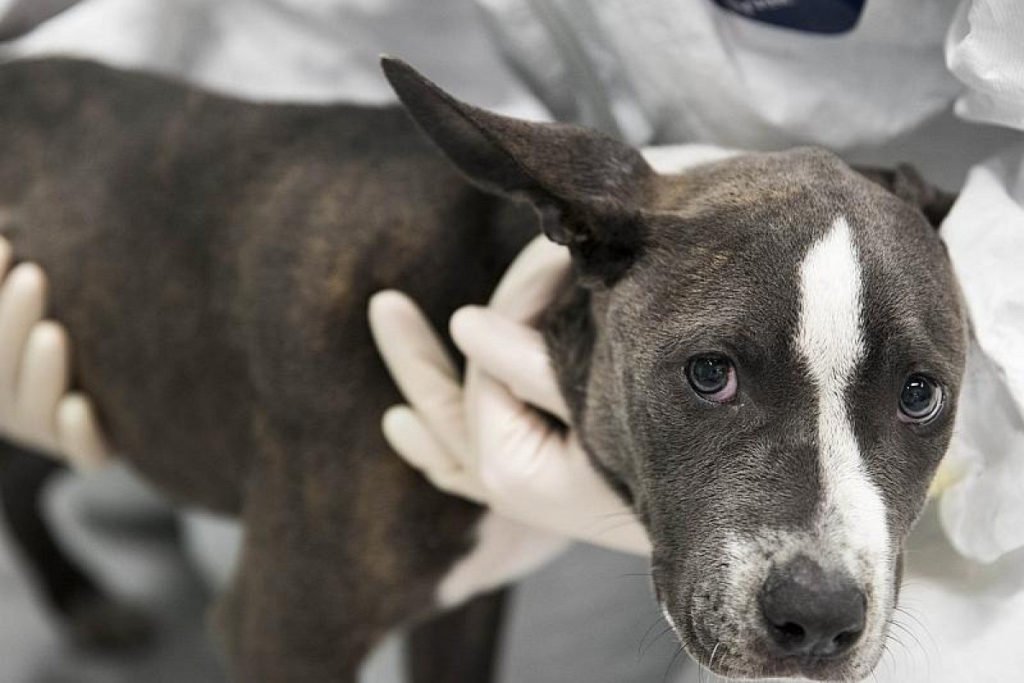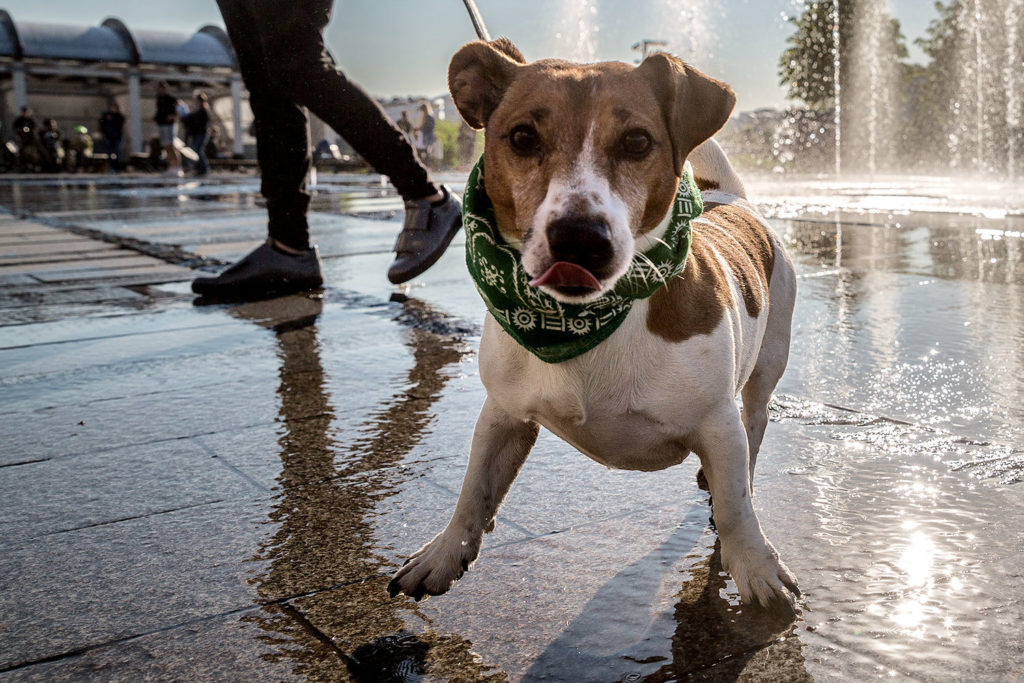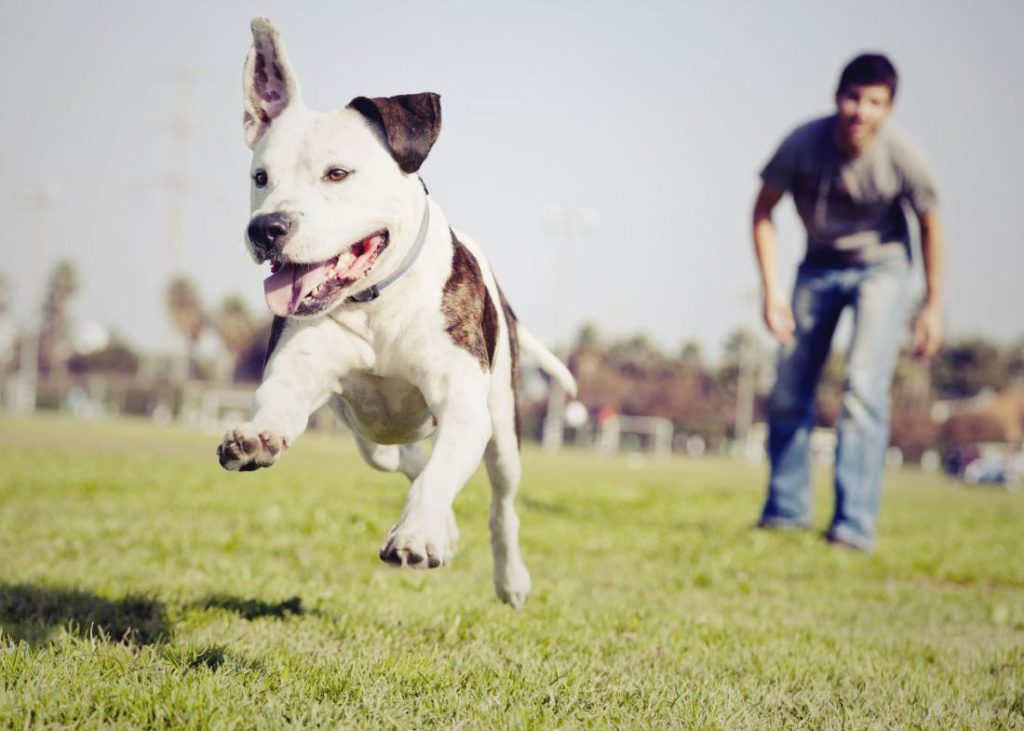Pets
Chipping Pets: Photo| Chip | Benefits| Procedure
Can I Micro Chip my PetIn our difficult time, many owners of cats and dogs consider installing a microchip an extremely important procedure. Thanks to this device, you will have a much better chance of getting the pet back if it gets lost on the street.
What is a microchip?
A microchip is an ongoing electronic identification method. The chip itself is very small, about the size of a rice grain. It is implanted directly under the skin between the shoulder blades in the back of your pet’s neck. Each chip has a unique number, which is determined using a microchip scanner. The number of the microchip is recorded in the register of the database of microchips with detailed information about the animal and owner.
Pet owners must ensure that their contact details are recorded in the database by their pet’s microchip number. If your pet gets lost or lost, veterinarians and animal shelters will be able to scan your pet for a microchip and contact you through the database. Thanks to this device, the chances of getting your furry friend back are significantly increased.
How do microchips work for pets?
A microchip for pets no larger than rice grain is a radio frequency identification transponder consisting of just a few components, enclosed in a thin bio-glass capsule, which is widely used for implantation in humans and animals.
The only function of the microchip is to store a unique identification number, which is used to obtain the contact information of the parent of the pet. When the microchip scanner passes over the pet’s skin with the microchip, the implanted microchip emits an RF signal. The scanner reads the unique identification code of the microchip, after which the contact information of the animal’s parent is found from the database.
What does the implantation process look like?
The chip implantation process is very simple and causes the animal no more pain or discomfort than a conventional vaccine. A special long needle is used to place the microchip. In cats and dogs, a microchip is usually implanted between the shoulder blades. The process of microchip implantation is not an operation and does not require anesthesia. In fact, the process is so simple that it can usually be performed during a routine veterinary examination.
Which pets can be microchipped?
While microchipping is most common in cats and dogs, many different pets are eligible for microchipping. Often used microchips for reptiles, birds and horses.
Where to go to chip your pet?
A microchip can be implanted in most veterinary offices and animal shelters. Many shelters in Europe and America to rescue pets initially chip their cats and dogs before giving them to families. If you are not sure if your pet has a microchip, take it to the veterinarian.
Is the chiping procedure dangerous for animals?
There were some cases of complications. They rarely occur, but it can happen.
Are there any risks of developing cancer in animals with microchips?
There were animals that developed tumors at the site of the microchip. These are incredibly rare cases compared to the millions of animals that were implanted with microchips and all is well with their health.
How does a microchip help get a pet back if it’s lost?
Microchipping will really help to find the animal only if someone picks it up and delivers it to the shelter or veterinarian’s office to check for the presence of a chip. Some people mistakenly think that the chips are like a tracker or a GPS device, but the microchip only works if someone scans it.
If the pet has a microchip, does it need an addressable collar?
A microchip is only one part of your pet’s identification system. The pet must also have an addressable collar. You cannot be sure that the person who finds your pet will know anything about microchips. He can simply take your pet to himself or give it to strangers. But if your phone number is indicated directly on the collar of the animal, they will call you back.





